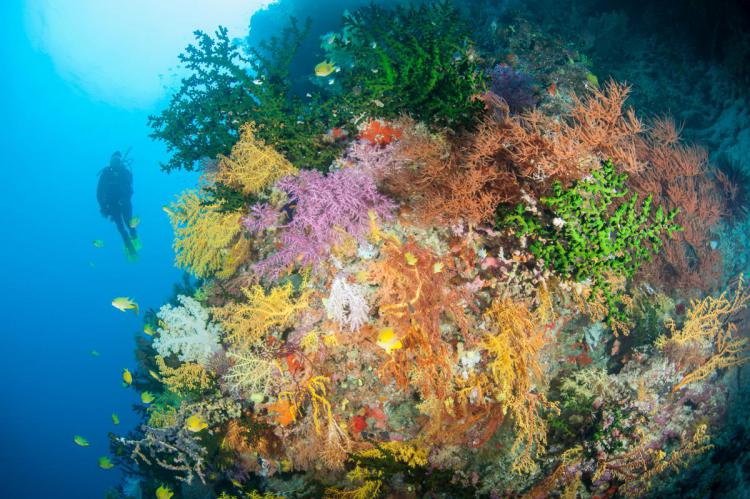The health of coral reefs linked to forest conservation
When deciding on the location of terrestrial protected areas, planners often focus only on terrestrial conservation goals, ignoring potential linked benefits to marine ecosystems.
When designing terrestrial protected areas, the key is to consider not only how much they benefit terrestrial biodiversity but also how much they benefit coral reef ecosystems
In 2008, a national Protected Area Committee was created by the Fiji government, in part to achieve the goals of protecting 20 percent of the country's land and 30 percent of its coastal waters by the year 2020.
Looking to support the committee's efforts to land-sea planning initiative, the study authors systematically analyzed six scenarios for expanding Fiji's network of terrestrial protected area networks, with the aim to uncover how well each approach did to protect different forest types and minimize land-based runoff to downstream coral reefs.
In a study conducted by the Wildlife Conservation Society and the University of Queensland evaluating the effects of terrestrial protected area designs on Fiji's coral reefs, it turns out that what's best for land ecosystems is also best for coastal corals.
Benefits in both instances
When achieving terrestrial conservation goals was the primary objective, the potential benefits to coral reef condition were 7.7–10.4% greater than benefits from the existing network of protected areas.
When benefiting reefs was the primary objective, benefits to coral reefs were 1.1–2.8 times greater per unit area than networks designed to only achieve terrestrial conservation goals, but 31–44% of the terrestrial conservation goals were not achieved.
Results put to use
These results are already being used by Fiji's Protected Area Committee to modify the boundaries of existing priority places to deliver outcomes that better meet terrestrial conservation goals while offering greater benefits to coral reef condition through prevention of run-off.


